Hiking can be a great experience; but if you get tons of bug bites or run into a patch of poison ivy – you might find yourself not planning to go back in the woods!

There is no surefire way to keep all these disturbing things at bay; but you can take precautions to avoid them.
My family and I recently went on a hike at lake Wissota State Park, and there were signs along the way that read ‘Poison Ivy’. I didn’t know what poison ivy looked like, (talk about being a survival hiker!), which was another chance to learn with my six-year-old daughter. I think I scared my daughter because she suggested going back home, but I convinced her we can still hike safely!
The trail was gorgeous and peaceful, less crowded, shaded along the lake with lovely views, the sky was clear, the sun was shining, it was such a glorious day to be hiking. I was more worried about the ticks.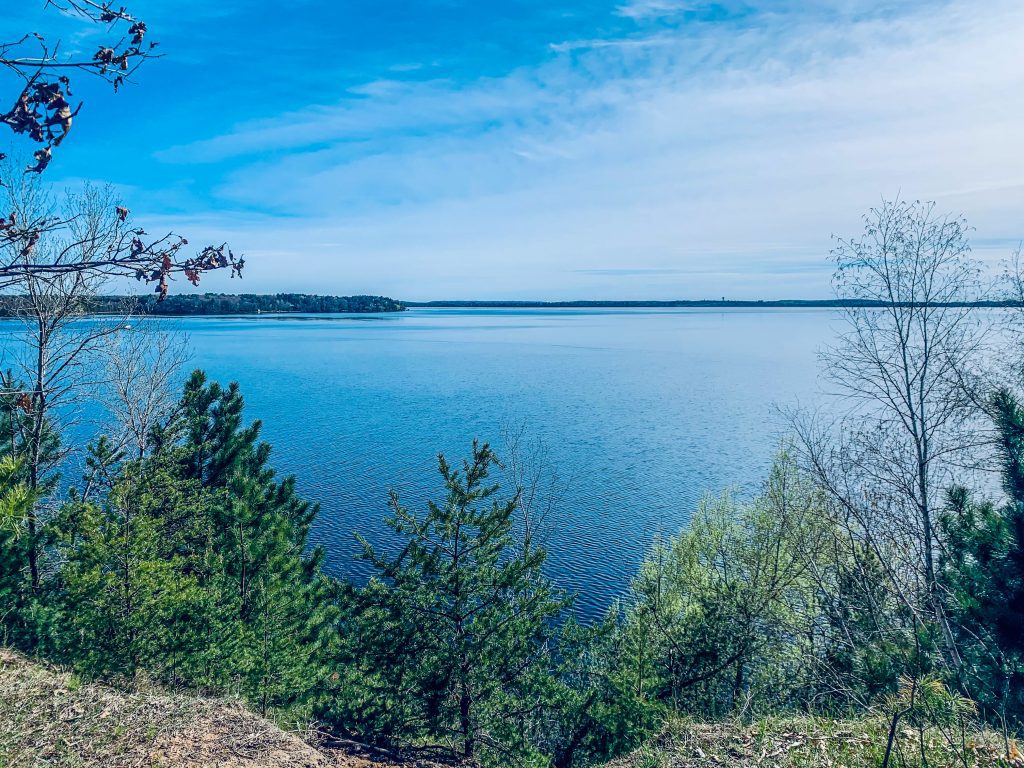
We continued with our family hike and identified some birds chirping on the trees, and my husband was excited to find some wild mushrooms.
Bugs, bugs, bugs…
My daughter asked where all the bugs were (and I was thankful that there weren’t mosquitoes).
Bugs love to hide in low-lying leaves, in the dirt, and on the trees themselves. Tall grass can hide many things, from bugs to snakes. If you do not want to get bitten, stay away from grassy wetland areas and bodies of water.
We heard a snake sound and my daughter got closer. She was excited… where could it be?! I was chasing the snake trying to get it on the video, and the snake vanished in the grass from the lenses of my camera. It looks like I just broke the rules – when we started this hike, we agreed not to get close to the trees. Mom FAIL. Did I also run on the poison ivy?? Maybe. Oh well.
Poison Ivy and Poison Sumac
Poison ivy is no fun. Itching, inflammation and blistering may occur when encountering this plant. Poison ivy is in many places – such as an open field or as ground cover. It is easy to spot, has three leaves, and looks like many other common plants. It loves to hang out in the woods.
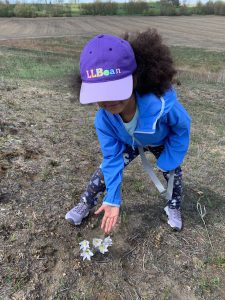 Poison sumac is the more potent of poisonous plants. Watch near wetlands such as bogs. This plant resembles more of a bush than a plant and has a greenish-blue leaf and red veins that are apparent. Wash your skin immediately after coming into contact with it. Washing the skin is essential to lessen the rash, burning, and blistering severity.
Poison sumac is the more potent of poisonous plants. Watch near wetlands such as bogs. This plant resembles more of a bush than a plant and has a greenish-blue leaf and red veins that are apparent. Wash your skin immediately after coming into contact with it. Washing the skin is essential to lessen the rash, burning, and blistering severity.
It is best to acclimate yourself to the different types of insects and plant life you may encounter within your region. Try to stay clear of wooded areas; and stay out in the clearings. Identify those wildflowers with your families and create memories. A Facebook group in Wisconsin about mushrooms can help you identify mushrooms – my daughter is obsessed with mushrooms. She has been photographing them since she was little. We are now working on identifying eatable mushrooms!
While it is impossible to avoid all these things, you can take precautions:
I spend time outdoors all year round and my family wears No Fly Zone jackets and pants for extra protection, the fabric in this garment has been treated with permethrin. Citronella, coils, bug repellant, calamine lotion, oatmeal, baking soda, and other holistic treatments will lessen the severity and can all be super helpful.
Spring is a short season, get outside every chance you can!
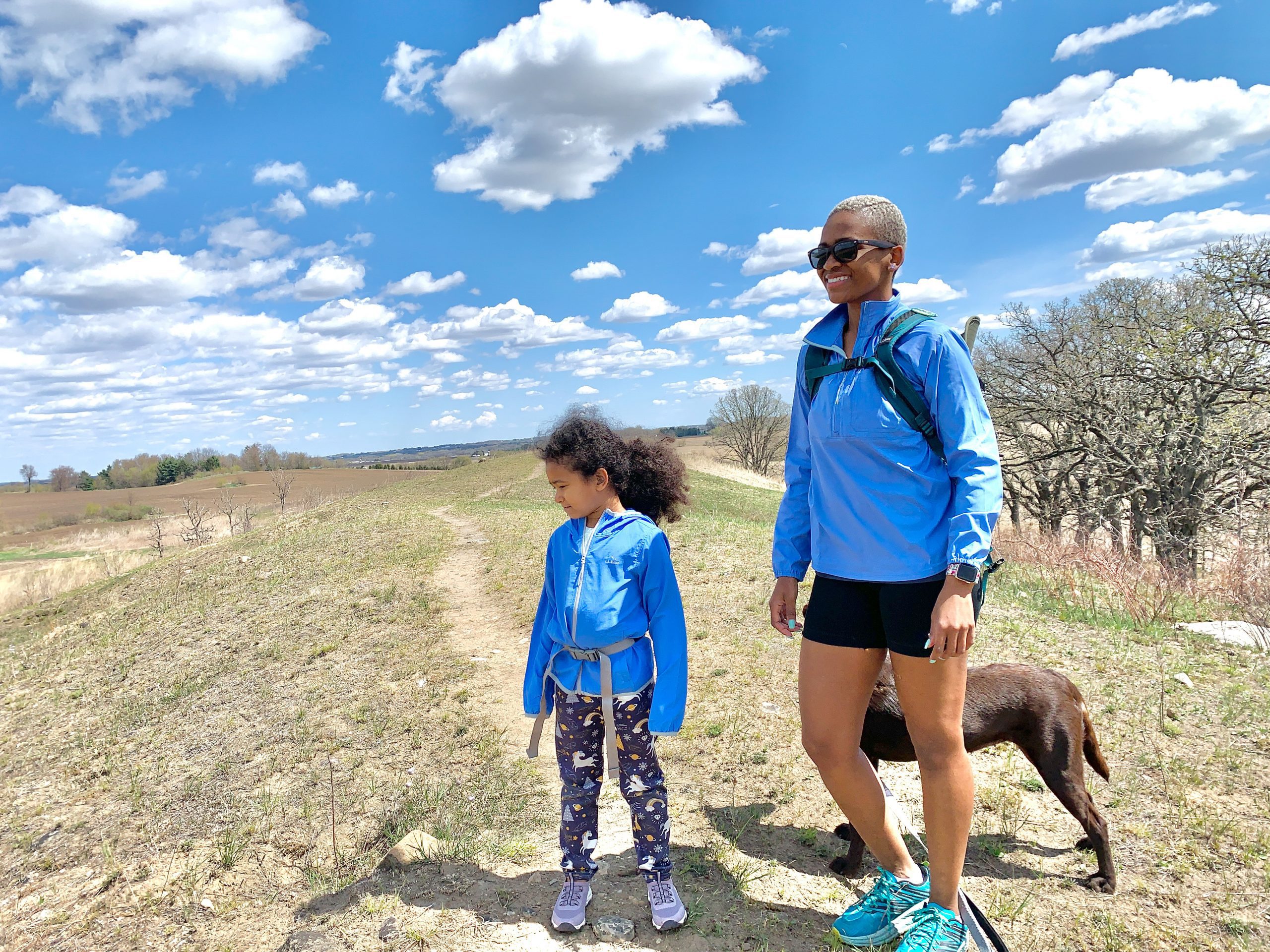




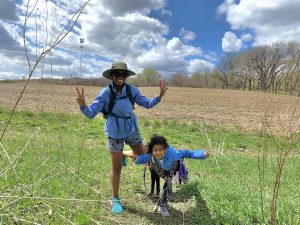
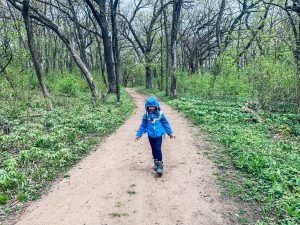

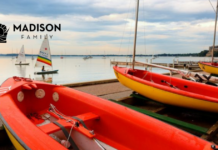







This is very informative! Thank you for letting us know what to watch out for. Happy hiking ???? ???? I love that you’re learning alongside your daughter! What great memories you will both have of hiking trails together.
I love that you’re learning alongside your daughter! What great memories you will both have of hiking trails together.